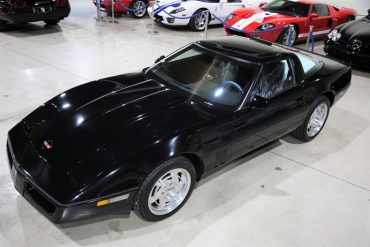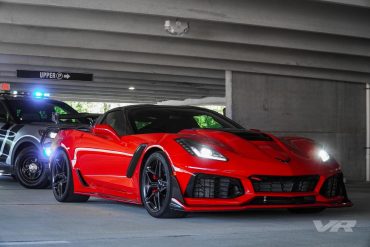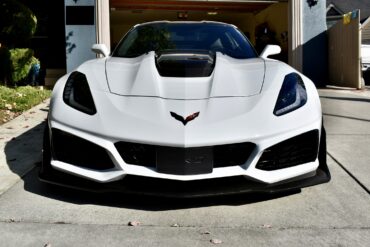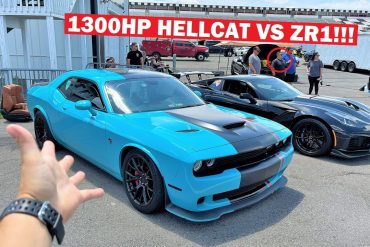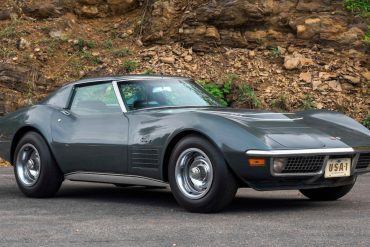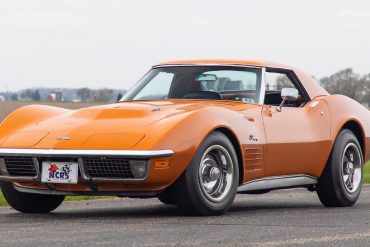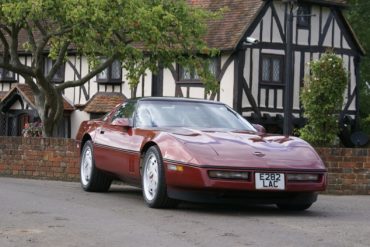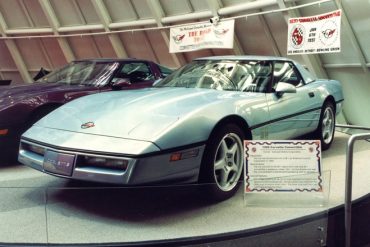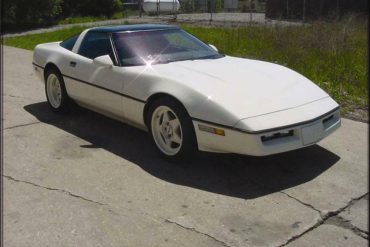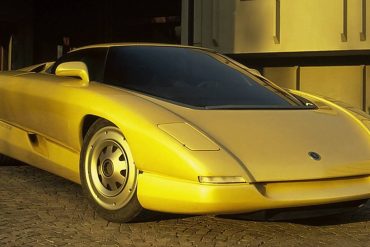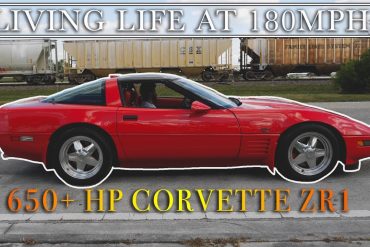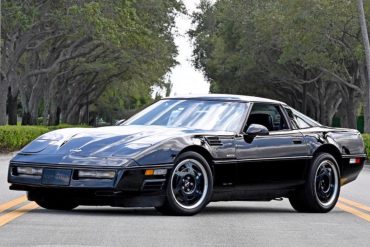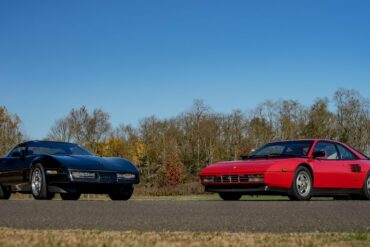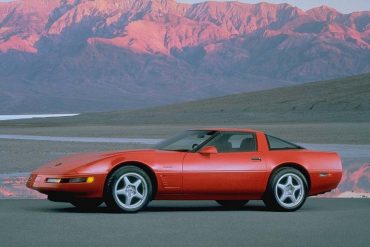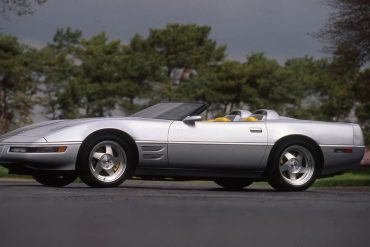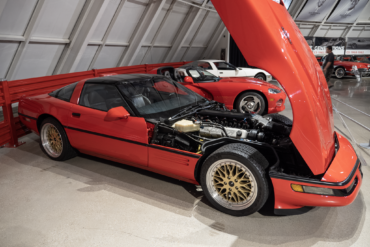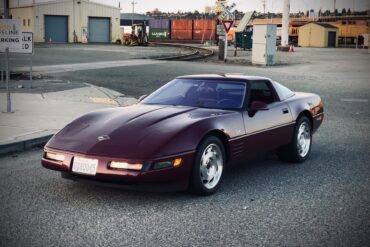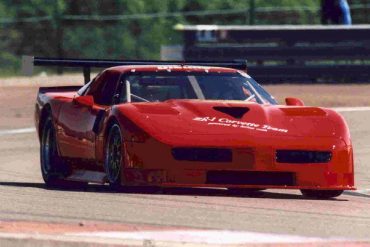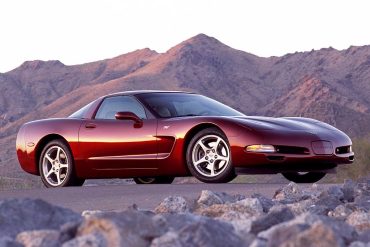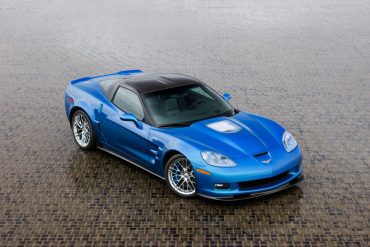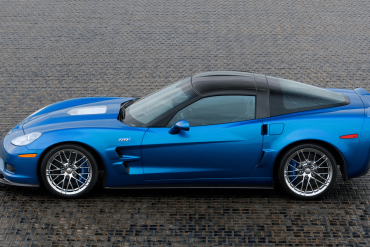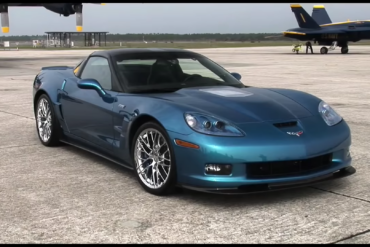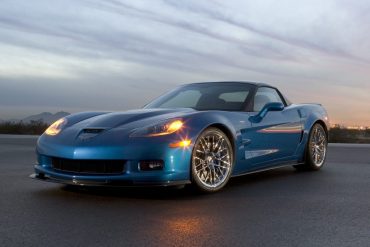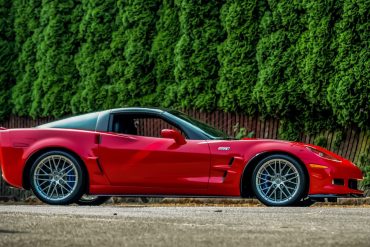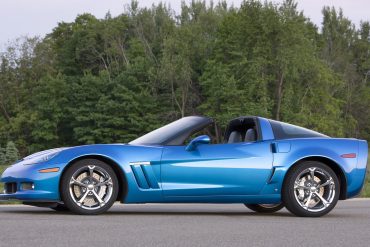This beautiful 1990 ZR-1, listed on the duPont Registry and offered by Fusion Motor Company, popped up on my Facebook...
We reported in April of this year that the highly anticipated eighth-generation ZR1, expected as a 2025 model, was speculated...
What makes these two seventh-generation ZR1s so special, besides the fact that with 755 horsepower they still hold the record...
One of the hottest topics I see while living my day on multiple social media Corvette pages is enthusiasts searching...
Corvette C7 fans, your attention please. In a submission via our Sell My Corvette feature here on CorvSport, quite possibly...
It’s not surprising to see a 660 hp Ferrari 488 GTB getting outmatched by 1000 hp supercharged ZR1 Corvette. But...
The Corvette and the Dodge Challenger are two of the best American sports cars and have a decades-long rivalry. Ever...
Today’s video is a footage that’s full of street racing action on the Florida highways. The protagonist is a supercharged...
Did you know that the earliest ZR1 Corvettes came into existence long before any of these later iterations? If not, then take a few minutes to acquaint yourself with one the rarest small-block production Corvettes of all time - the 1970-1972 Corvette ZR1. From 1970 to 1972, Chevrolet offered the ZR1 Special Engine Package, which featured a small-block LT1 engine.
Finally in 1971, both the ZR1 and ZR2 packages were offered side by side as initially intended. The solid lifter, 350 cubic-inch LT-1 found under the hood of the ZR1 featured a ‘178’ high-performance camshaft and a 780 CFM Holley four-barrel carburetor, which resided atop a specialized aluminum intake. The LT-1 featured a reduced compression ratio of 9.0:1 for the 1971 production year, relative to 11.0:1 specified the year prior.
This is no ordinary C4 coupe, but a GM Engineering test mule with VIN plate EX4607 proudly displayed in the windscreen, built in 1986 to test all the new-for-1988 features. This actual car must have spent weeks pounding round the General Motors Proving Ground at Milford, Michigan with longer runs on the road, testing all the changes for a year which saw the C4 suspension, steering and brakes vastly improved.
There were several successful attempts to build a convertible ZR-1, most of them by private people. The DR-1 was a GM prototype to test the structural integrity of the ZR-1 chassis when it would be topless. The car was built by American Sunroof Corporation (ASC) for Don Runkle, who was the vice-president of Advanced Engineering Staff, which explains the “DR-1” designation. It was a standard convertible transformed to ZR-1 specs.
In the late 80s, Chevy was developing what some dubbed a ‘Super Vette.’ But the 1989 debut of the Dodge Viper sent GM engineers on a new path to develop a ‘Viper-Killer.’ It started with a factory test mule and the experiment was to see how a ZR-1 would perform if given more power and less weight. It was so fast it was called "Snake Skinnner", for it's ability to beat the Viper and Cobra.
The Nivola may be considered Bertone’s homage to the most fascinating American sports car: the Chevrolet Corvette. The sophisticated mechanical unit of the ZR-1 was interpreted by Bertone in a European key. Bertone designed a special chassis to make a sporty "boat" with a mid engine. This mechanical layout made it possible to exploit all the power of the engine when accelerating and warrant perfect roadholding on bends.
Exclusive look at 1990 Chevrolet Corvette ZR1 that can pump out 655 horsepower!...
This vehicle pioneered the advantages of “Active Suspension” and had GTP Corvette race car technology. Built at the Bowling Green Plant, this vehicle was developed as a prototype for a limited edition run in the 1990 model year. Chevrolet ordered it to be built with a complex, high-tech active suspension that includes an Eaton hydraulic pump and Moog actuators. This car and the technology inside of it led to the Active Handling system GM released in 1996.
Two owners compare these two iconic sports cars. Which one do you like the most?...
The C4 ZR-1 Corvette, even some 30 years after its initial year of production, carries indisputable performance merit, the likes of which few can deny. In fact, the ZR-1 is often cited as the car which helped fend off threats, both foreign and domestic in origin, to the Corvette's elite performance car status. However, after only 6,939 ZR-1 Corvettes were built, and 6 years of production had passed, the program was terminated, falling victim to decisions regarding pricing.
Chevrolet Corvette ZR-1 Spyder prototype, 1991, by ASC. An experimental styling prototype ordered by Don Runkle, Chevrolet’s chief engineer, to see how far the ZR-1 might be pushed in convertible form. The windshield was chopped in half and the seats were mounted directly to the floorpan. The black example in the National Corvette Museum was originally painted Sebring Silver with a Neutrino Yellow interior.
The Corvette team decided to one-up the Viper with four extra cylinders, they decided on one of Ryan Falconer’s stunning, all aluminum, 600-cubic-inch, 683hp, 680 lb-ft V-12 racing engines. The biggest challenge was the fact that the all-aluminum V-12 engine was 8.8-inches longer than the production Corvette engine. So the front end of the ZR-1 would have to be stretched 8 inches. This test car was named Conan, after his raw, beastlike charisma.
In 1993 just 448 ZR-1 Corvettes were produced and only 240 of them were 40th Anniversary Edition cars. The 40th Anniversary Package consists of a deep and glossy Ruby Red exterior finish over a matching Ruby Red interior with leather adjustable sport seats. A Corvette with both of these highly desirable packages is rare and special. At the heart of the ZR-1 is the 405-horsepower LT5 V8 engine mated to a 6-speed manual transmission.
This car was created by Doug Rippie. His claim to fame was the Corvette Challenge Series. Rippie loved racing Corvettes in the US, but, his life-long dream was to take on the world-class marques at Le Mans. So, when Chevy introduced the C4 ZR1 the opportunity was opened up. Via his collaboration with MerCruiser and Lotus Engineering, all with Chevy’s blessing, the "Black Widow" program created special street and race versions of the LT5 engine. This engine made 525hp.
Another decade – another milestone anniversary edition Corvette. However, the 2003 model year was especially significant as it marked the 50th year of the Corvette’s production at Chevrolet. To commemorate a half-century of manufacturing, every Corvette built in 2003 was adorned with special “50th Anniversary” badging – a unique “50” badge on each of the front fenders above the bodyside coves, and a special crossed flags badge that included “50 Anniversary” badging.
The ZR-1 returned with the 1990 Corvette lineup after an eighteen year hiatus. This time, it featured a special LT5 engine that had been developed by Lotus (which, at the time, had been a subsidiary of General Motors.) The LT5 engine featured an all-aluminum block, four overhead camshafts, and 32 valves. It also featured an air management system which enabled the car to maintain proper operation while closing off half of its fuel injection system.
2009 C6 Corvette ZR1 Pictures & Images...
Autocar gives us an exclusive footage of a 2009 Corvette ZR1 chasing A Lamborghini LP670-4 SV....
At its core, the 2009 ZR1 Corvette featured an all-new LS9 supercharged 6.2 Litre V-8 engine rated at 638 horsepower...
The 638-hp, 6.2-liter supercharged V-8 LS9 engine features such niceties as titanium connecting rods and intake valves, a forged steel crankshaft, and a dry-sump oil system. The suspension has magnetorheological shocks that enabled Chevrolet engineers to use softer springs than in the conventionally damped Z06. Corvette's top dog model is no joke and an accomplished sports car that puts up a good fight against the world's best.
2010 C6 Corvette ZR1 Pictures & Images ...
2011 Corvette – The Ultimate Guide At the onset of the 2011 model year, as General Motors continued to streamline...


